Knowledge Base
-
![[Readers Insight] The Starting Point in Method Development](//www.welch-us.com/cdn/shop/articles/starting-point-1080-822_535x.jpg?v=1762394819)
[Readers Insight] The Starting Point in Method Development
Method development often begins with uncertainty—especially when faced with unknown compounds and no literature guidance. This article examines a pharmacopoeial method as a case study, highlighting its chromatographic settings, analyzing potential limitations, and considering improvements. Through this, readers gain insight into the logical framework behind choosing starting conditions. -
![[Readers Insight] Are You Choosing the Right Quantifier Ion for Mass Spectrometry?](//www.welch-us.com/cdn/shop/articles/quantifier-ion-1080-815_19007207-6686-4fa7-9b04-bb23cb15aab5_535x.jpg?v=1765523259)
[Readers Insight] Are You Choosing the Right Quantifier Ion for Mass Spectrometry?
In this article, the author discusses the principles behind selecting quantifier ions in triple quadrupole mass spectrometry, with a case study to illustrate how ion choice impacts sensitivity and accuracy. -
![[Readers Insight] Become an “Engineer”, Instead of an “Inspector”](//www.welch-us.com/cdn/shop/articles/engineer-1080-815_86849ee0-0b0f-42aa-bbc0-466b0754ef77_535x.jpg?v=1760000922)
[Readers Insight] Become an “Engineer”, Instead of an “Inspector”
In this article, we dive into a lab analyst's journey from routine tester to engineer. It emphasizes asking “why”, seeking mentorship, designing experiments, iterative troubleshooting, and developing chromatographic expertise through persistent method development. The narrative offers practical encouragement for analysts aiming to deepen theoretical understanding, solve complex problems, and advance professionally. -
![[Readers Insight] Why Do M-Shaped Peaks Occur?](//www.welch-us.com/cdn/shop/articles/m-peak-1080-814_535x.webp?v=1760001101)
[Readers Insight] Why Do M-Shaped Peaks Occur?
M-shaped peaks can puzzle even experienced chromatographers, appearing unexpectedly and resisting simple fixes. This article draws on expert insights to explore their possible origins and practical approaches, guiding analysts toward more reliable and consistent chromatographic results. -
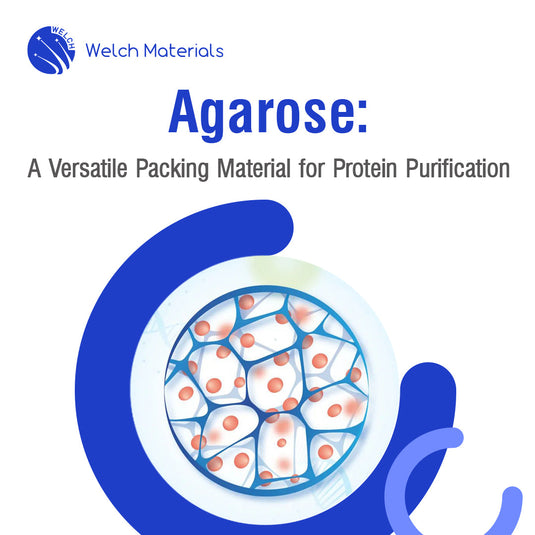
Agarose: A Versatile Packing Material for Protein Purification
Agarose-based chromatographic media offer a compelling blend of biocompatibility, versatility, and affordability. By mastering the principles of agarose microsphere preparation and crosslinking, chromatographers can tailor supports to a vast array of protein purification challenges, ensuring high yield, purity, and process robustness. -
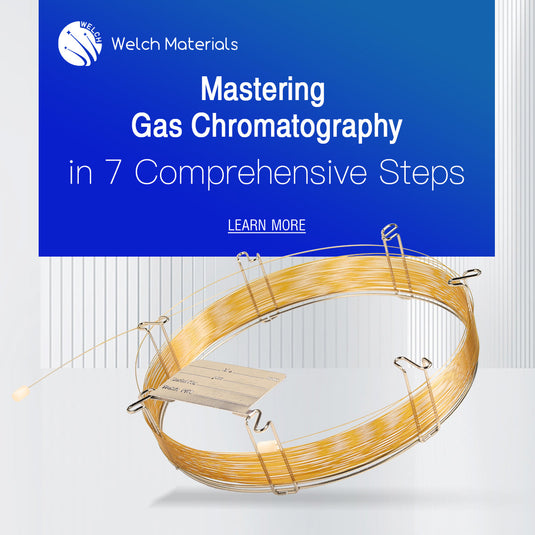
Mastering Gas Chromatography in 7 Comprehensive Steps!
This article guides analysts in GC analyses through efficient sample preparation, instrument configuration, initial condition setup, separation optimization, qualitative identification using retention indices or GC–MS, quantitative analysis via internal standards or standard addition, rigorous method validation, ensuring accurate, precise, reproducible results across diverse unknown sample analyses consistently. -
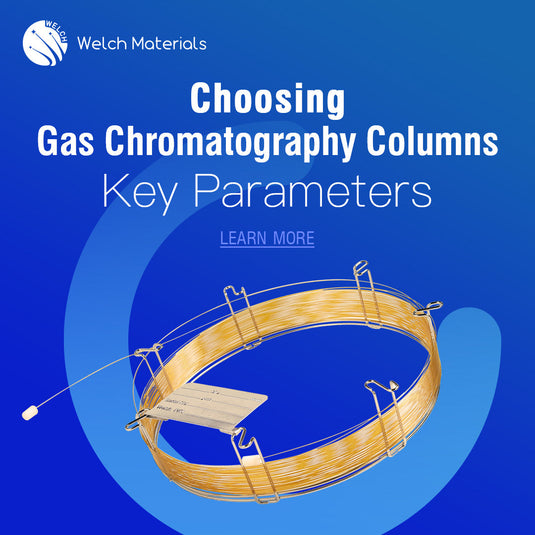
Choosing Gas Chromatography Columns: Key Parameters
In gas chromatography, column length, internal diameter, and film thickness critically determine efficiency, retention times, pressure requirements, and sample capacity. This article reviews how each parameter impacts chromatographic performance and provides practical selection guidelines—balancing resolution, analysis time, and cost—to help analysts choose optimal capillary columns for diverse applications. -
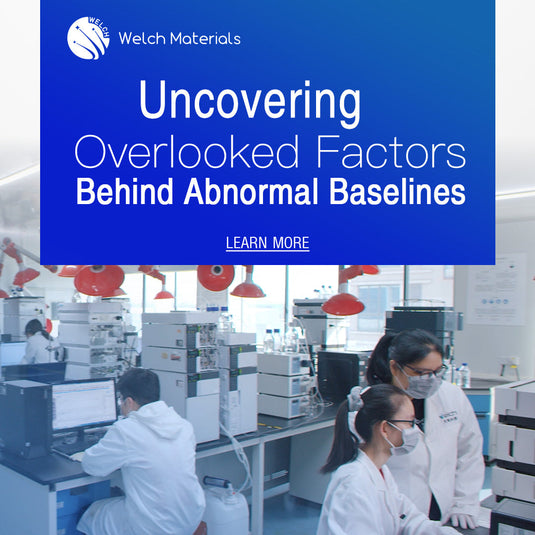
Uncovering Overlooked Factors Behind Abnormal Baselines
A stable, flat baseline is essential for accurate HPLC analyses, yet analysts may grapple with noise and drift. This article explores key baseline disturbances—sawtooth patterns, pulsations, chaotic fluctuations, and drift—pinpoints their root causes, and offers precise remedies. A real-world case study demonstrates systematic troubleshooting to restore baseline integrity. -
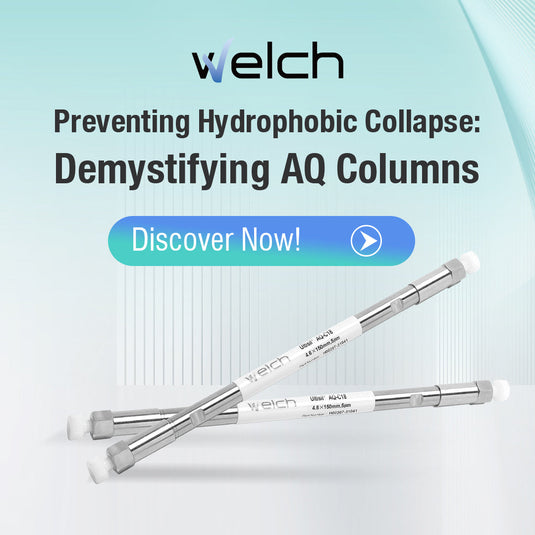
Preventing Hydrophobic Collapse: Demystifying AQ Columns
Struggling with weak retention of polar compounds in RP‑HPLC? Discover how Ultisil® AQ‑C18 delivers reliable performance under 100% aqueous conditions in this article. Enhance your analyses with stable retention and extended column life. -
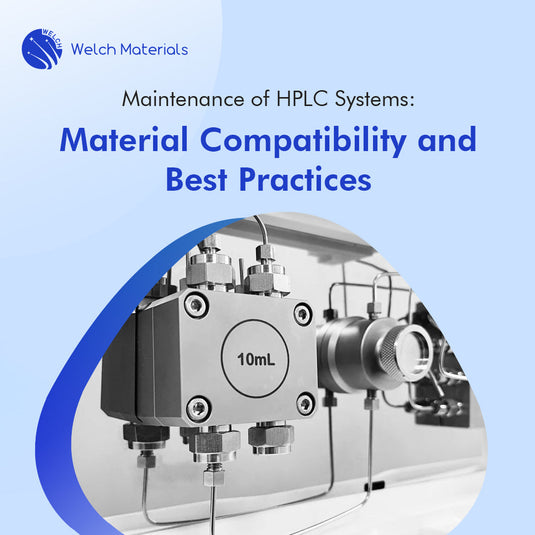
Maintenance of HPLC Systems: Material Compatibility and Best Practices
Maintaining an HPLC system requires careful consideration of material compatibility, from 316L stainless steel pump heads to PEEK tubing. This article examines real‑world cases, compares flow‑path materials, and outlines practical cleaning and maintenance practices to safeguard analytical accuracy, prolong instrument life, minimize costly downtime, and prevent unexpected failures. -
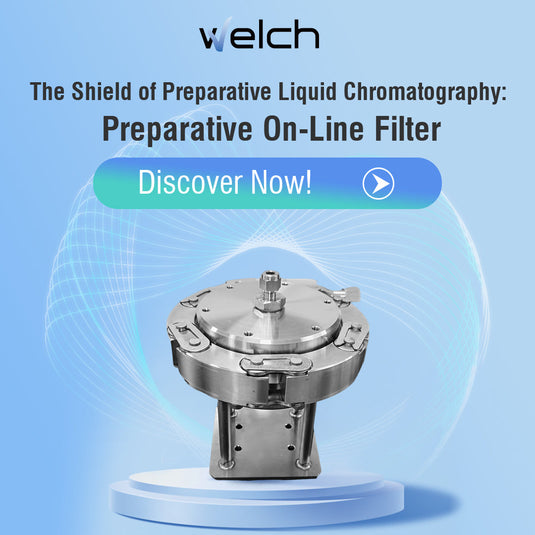
The Shield of Preparative Liquid Chromatography: Prep In-Line Filter
Prep in-line filters play a crucial role in maintaining the performance and longevity of preparative chromatography systems. This article explores how these compact devices prevent clogging, reduce wear, and protect columns—acting as a reliable shield for your purification workflow. -

Sugar Columns in Series: Empowering Superior Separation Performance in Sugar Analysis
This article explores how using Xtimate® Sugar-H and Sugar-Ca columns in series can significantly enhance resolution in sugar analysis. With real application cases in fermentation broth and pharmaceutical solutions, it demonstrates improved separation performance while maintaining safe pressure levels—offering a practical solution for challenging HPLC sugar separations.



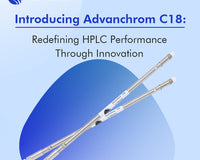


![[Readers Insight] The Starting Point in Method Development](http://www.welch-us.com/cdn/shop/articles/starting-point-1080-822_535x.jpg?v=1762394819)
![[Readers Insight] Are You Choosing the Right Quantifier Ion for Mass Spectrometry?](http://www.welch-us.com/cdn/shop/articles/quantifier-ion-1080-815_19007207-6686-4fa7-9b04-bb23cb15aab5_535x.jpg?v=1765523259)
![[Readers Insight] Become an “Engineer”, Instead of an “Inspector”](http://www.welch-us.com/cdn/shop/articles/engineer-1080-815_86849ee0-0b0f-42aa-bbc0-466b0754ef77_535x.jpg?v=1760000922)
![[Readers Insight] Why Do M-Shaped Peaks Occur?](http://www.welch-us.com/cdn/shop/articles/m-peak-1080-814_535x.webp?v=1760001101)







